State-owned company Queensland Hydro has opened the expressions of interest (EOI) process for the underground works – tunnel drilling package for the proposed $14.2 billion (USD 9.25 billion) Borumba pumped hydro energy storage project being developed near Gympie in the state’s southeast.
Queensland Hydro Chief Executive Officer Kieran Cusack said the EOI marks a new stage of the exploratory works phase for the Borumba project, the first of two large-scale pumped hydro energy storage projects planned by the Queensland government as part of its coal-fired power exit strategy.
“We’re excited about this release because it’s the first major package of works since we launched our industry engagement program in July,” Cusack said. “We’ve been working with industry to ensure we attract the best partners for the project while creating opportunities for local industry involvement.”
The Borumba pumped hydro project involves expanding an existing lower reservoir and creating a new dam at a higher altitude, connected by an underground power station. Water will be pumped to the upper dam during periods of surplus renewable energy and low demand, and then released back to generate electricity during times of high demand.
The underground works package will involve the excavation of soil and rock to form a tunnel leading to the proposed site of the underground powerhouse cavern.
The tunnelling will allow Queensland Hydro to gather geological, geotechnical and hydrogeological data to confirm the proposed location for the underground powerhouse and transformers caverns.
Queensland Hydro said data gathered during the tunnelling operation will compliment surface geological investigations, helping to inform detailed design of the project and how it is best delivered. If the project proceeds, the tunnel will likely be repurposed to become one of the access tunnels required in the project design.
Prospective suppliers are encouraged to submit their EOIs prior to 4 December 2023 with the contract to be awarded in August 2024 with work set to commence in November 2024.
Construction of the project proper is scheduled to begin by 2025 with first power targeted in 2030.
This content is protected by copyright and may not be reused. If you want to cooperate with us and would like to reuse some of our content, please contact: editors@pv-magazine.com.
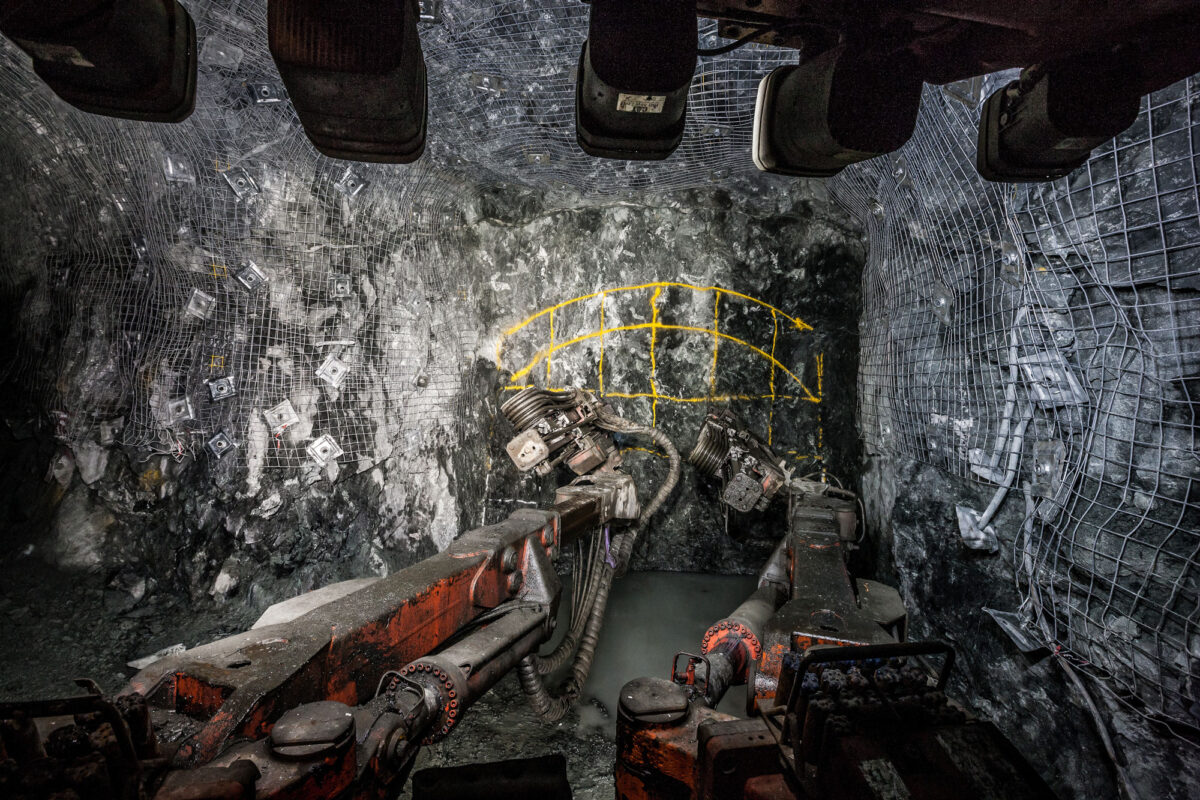
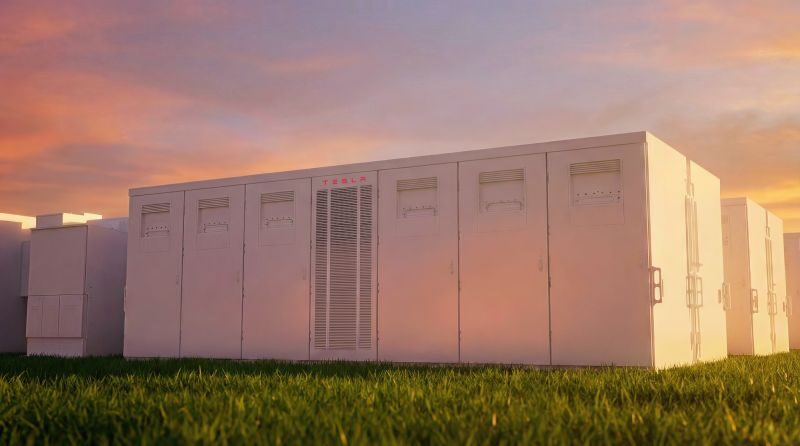
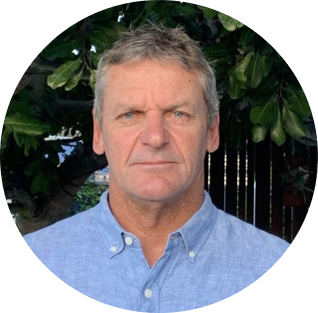


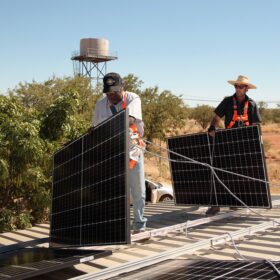

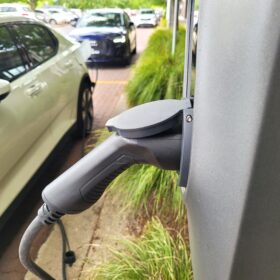
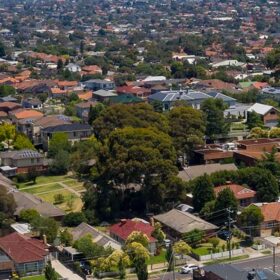
3 comments
By submitting this form you agree to pv magazine using your data for the purposes of publishing your comment.
Your personal data will only be disclosed or otherwise transmitted to third parties for the purposes of spam filtering or if this is necessary for technical maintenance of the website. Any other transfer to third parties will not take place unless this is justified on the basis of applicable data protection regulations or if pv magazine is legally obliged to do so.
You may revoke this consent at any time with effect for the future, in which case your personal data will be deleted immediately. Otherwise, your data will be deleted if pv magazine has processed your request or the purpose of data storage is fulfilled.
Further information on data privacy can be found in our Data Protection Policy.